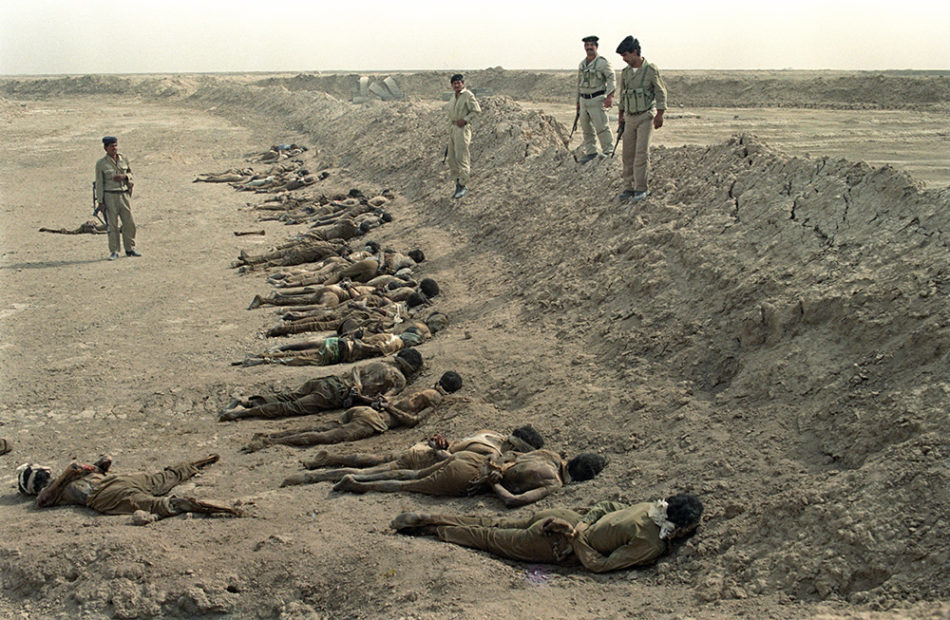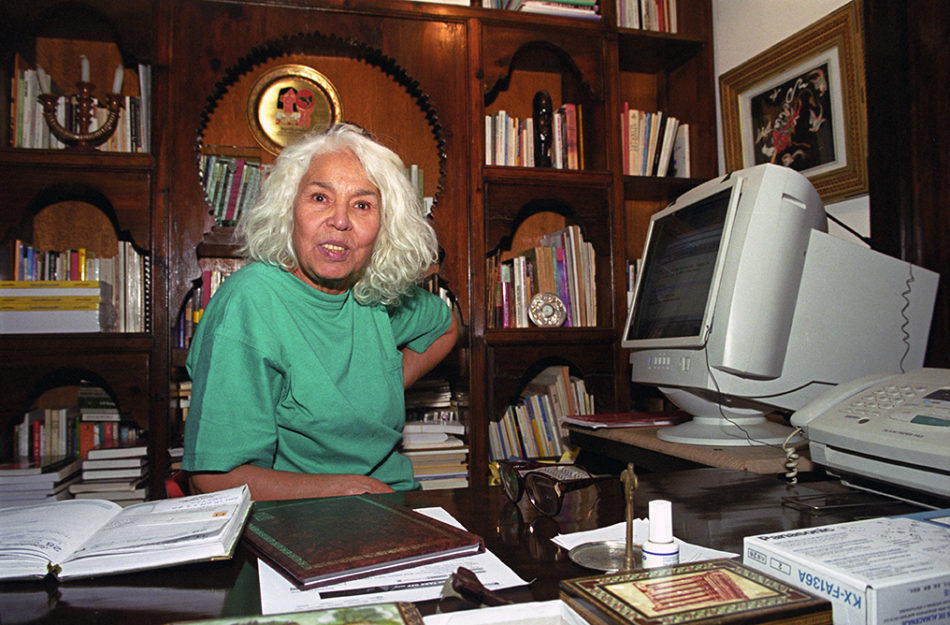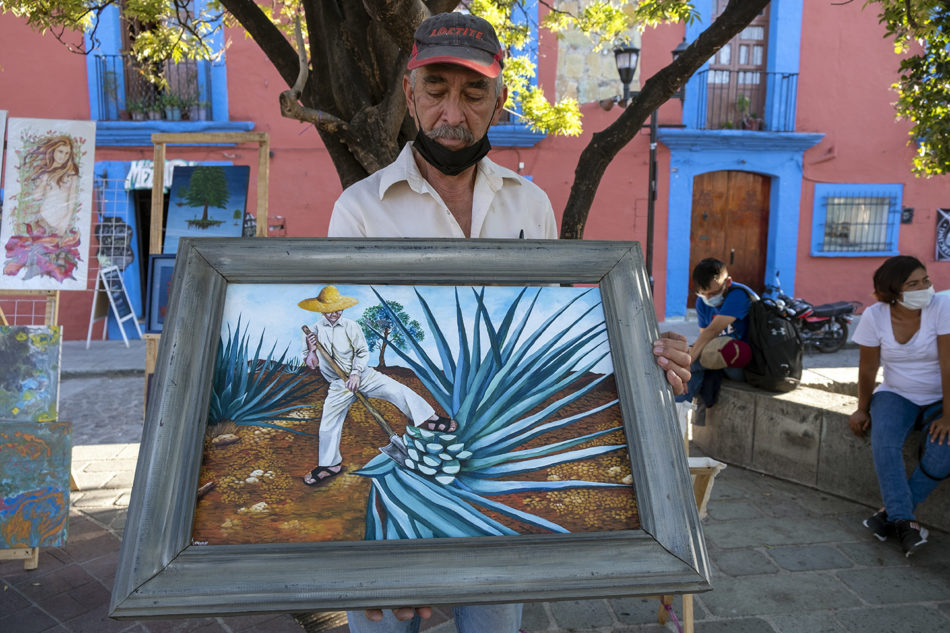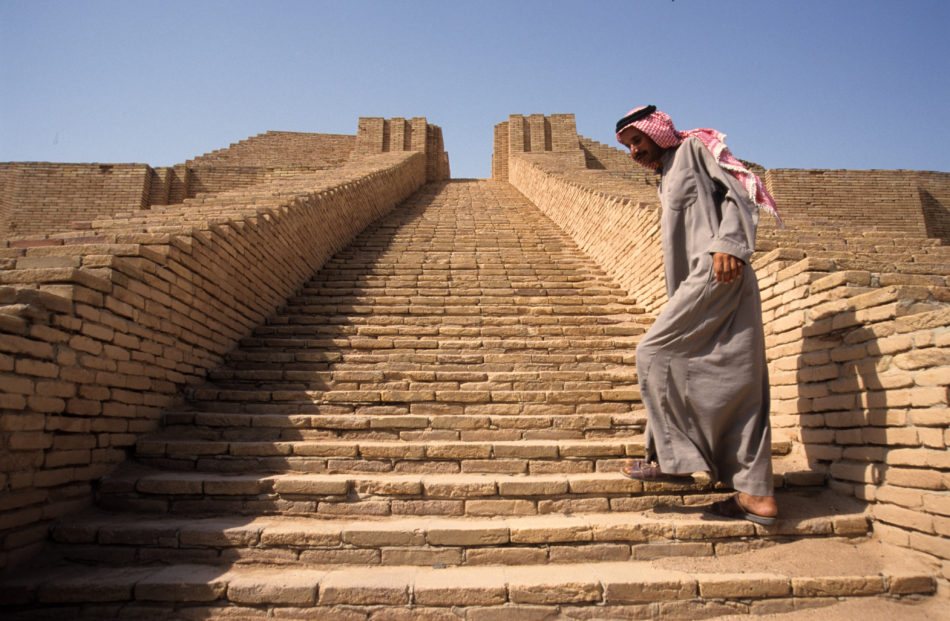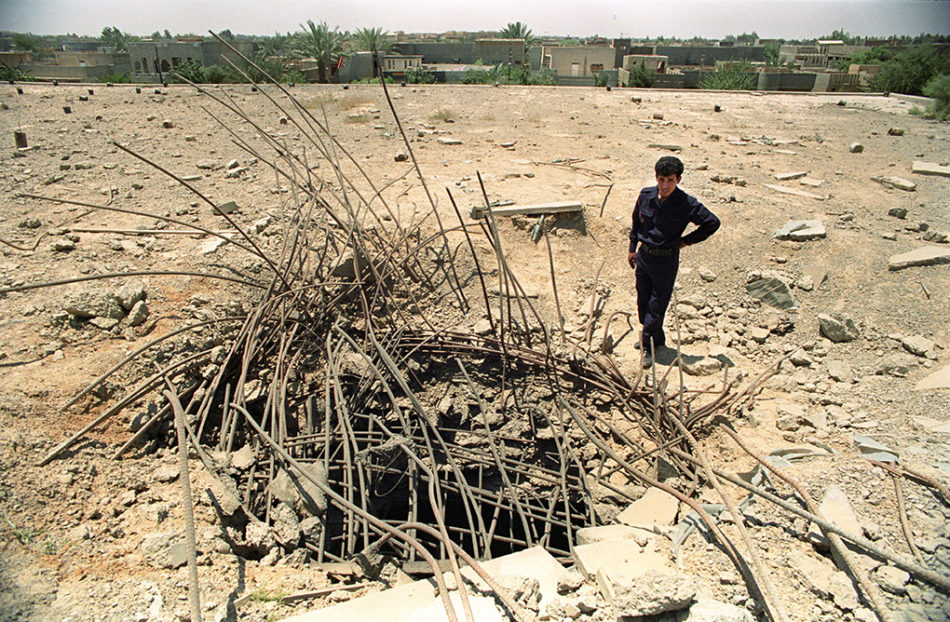Cluster Bombs: More Dangerous to Civilians Than Combatants
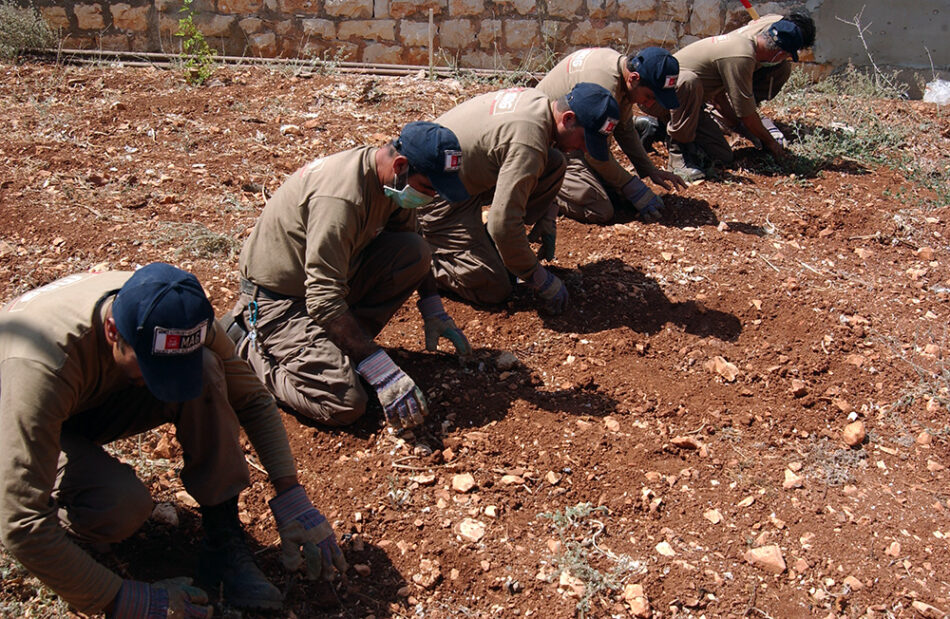
President Joe Biden’s decision to supply Ukraine with cluster bombs is a difficult pill to swallow considering that over 100 countries have banned the weapon from their arsenal. Cluster bombs were first designed during WWII to disrupted troop movement. One parent ordnance dropped from a plane can release hundreds of smaller bombs that in turn detonate as they land killing and maiming troops on the ground. The biggest problem with cluster bombs is that many do not detonate posing a danger for many years to the civilian population. My experience with cluster bombs goes back to 2006 when Hezbollah fought a one-month war with Israel. For months after the conflict ended, I had numerous assignments in south Lebanon to cover the work of the Mines Advisory Group (MAG) to disarm and dispose of the unexploded munitions. Hezbollah may have been blamed for starting the conflict, but it was Israel that upped the ante by attacking civilian targets and infrastructure and dropping cluster bombs [Read more...]
